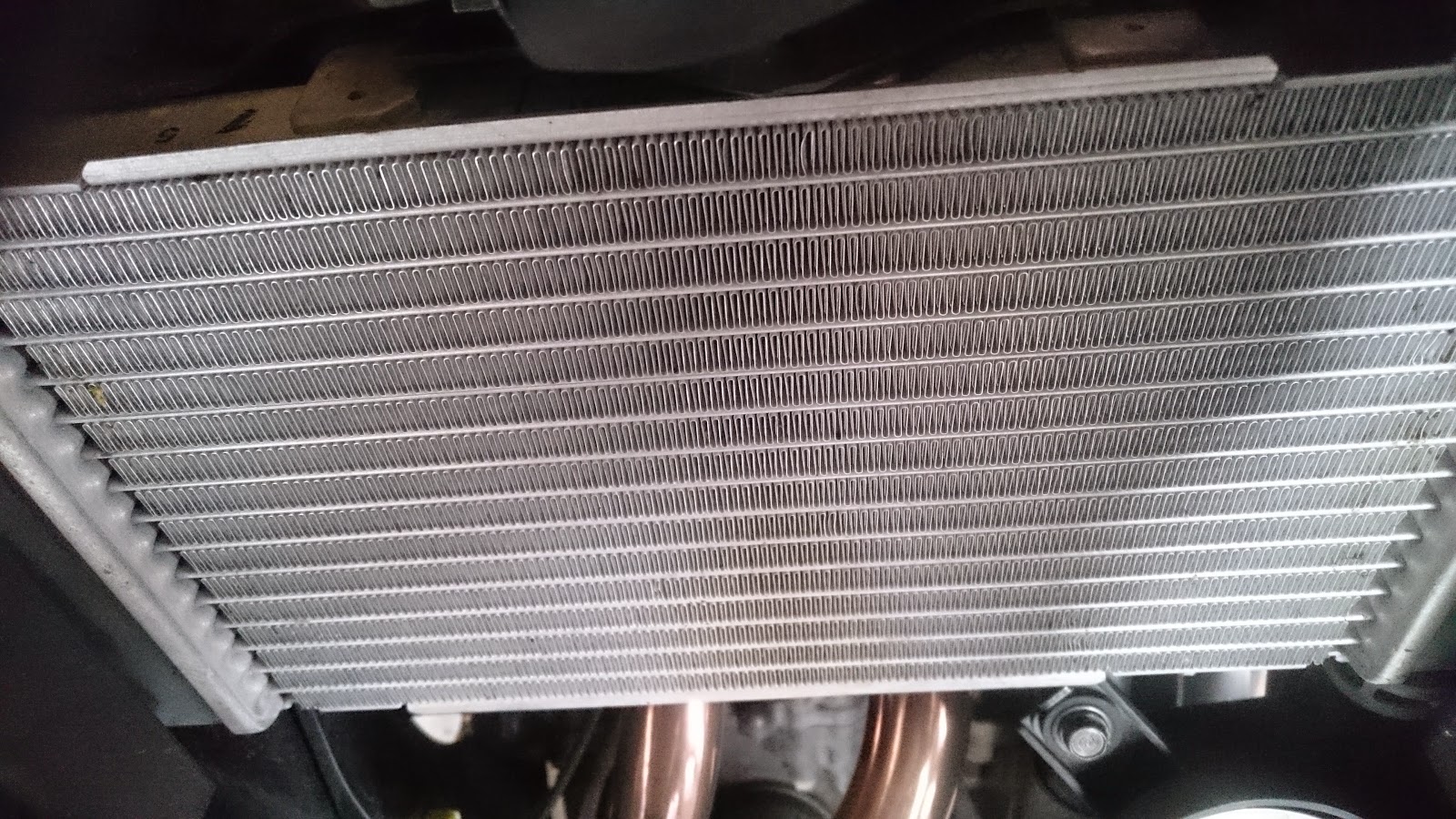 |
| Sleeping beside giants |
 My first trip was out to Banff, along Tunnel Mountain Campgrounds in Early April. Camping in April on a motorcycle? In the Canadian Rockies? Gotta be pretty crazy, eh? I didn't realize how crazy I was until the evening arrived.
My first trip was out to Banff, along Tunnel Mountain Campgrounds in Early April. Camping in April on a motorcycle? In the Canadian Rockies? Gotta be pretty crazy, eh? I didn't realize how crazy I was until the evening arrived.Saddled up with an Icon Primer Tankbag, a backpack, and a Kappa (givi) 46 case which held all my camping gear. After this trip, I would vow to change my packing solution due to handling issues with weight so far back.
Initially I was supposed to head out to Bow Valley Parkway to camp at Johnston Canyon. Live and learn, call before hand. Nothing like driving out to 'CAMPSITE CLOSED' signs. Turned back to Banff town center to learn that all of the front country campsites with the exception of Tunnel Mountain was open.
The lady at the ranger station kindly placed me on lot D14. With a pretty prestine view, and while not too far from the Ranger Station was very quiet with the RVs and powered lots a ways away. There's 2 routes up, one through the town center, which I highly reccomend doing to see the village of Banff. The other is Tunnel Mountain Road which is tight, winding and fun. You could hear motorcycles taking the road well into the night, and it put a grin on my face to hear them having fun.
Forecasted highs of 19, low of 4 (66F to 40F). The weather was clear and little to no wind during the day. A few spirited jaunts out to the Lake Minnewanka region across Highway 1, scant and tight, and I was happily sated.
Setting up the tent was a relatively simple process. I had practiced in my backyard, save the embarrasment to yourself rather than around others. I picked out an MSR Elixer 2 tent from MEC (Mountain Equipment Co-Op). It packs down small, and is rather spacious and comes with a rain fly and ground sheet for a pretty reasonable price. It's 18.5 inches (46.5cm) with the poles and rounds out to about 6 inches when stuffed down into a spot (15cm). Setting up is easy, with color coordinated poles, and fixtures. Not the fastest to set up, or the lightest, but it is compact and reasonably priced - it even came with a ground tarp made for it. Some tents don't come with that.
 Bedding wise, my pad is a Klymit Static V. It's a inflatable sleeping bag that packs right down into a bag that's about 2 of my fists in size end over end. It saves a lot of space by having channels and valleys to make effecient use of space. The Channels are angled in such a way to provide support along the neck and spine, while the valleys allow room for your sleeping bag to loft under you to provide warmth. Or, allow air to pass through to cool during the summer. Pretty neat. It comes with a replacement valve, and a patch kit to repair ruptures or rips. So far, the material has been robust enough to avoid that.
Bedding wise, my pad is a Klymit Static V. It's a inflatable sleeping bag that packs right down into a bag that's about 2 of my fists in size end over end. It saves a lot of space by having channels and valleys to make effecient use of space. The Channels are angled in such a way to provide support along the neck and spine, while the valleys allow room for your sleeping bag to loft under you to provide warmth. Or, allow air to pass through to cool during the summer. Pretty neat. It comes with a replacement valve, and a patch kit to repair ruptures or rips. So far, the material has been robust enough to avoid that.Sleeping bag came in the from of the Teton Trailhead 20F Sleeping bag in orange and grey. I've tried a few other sleeping bags, and let me tell you, whatever Teton uses as a liner is amazing. It's not sticky or plastic, it's some microfibre, very pleasant like you're wrapped in a blanket rather than a plastic tube. The anti-snag zippers do alright for the most part and it's a little more spacious then a mummy bag. The size of trailhead however had me a little dubious about it's temperature rating, which that first night proved all too well.
It hit 0 degrees, or 32F for you Imperalist. Even with a microfibre liner, 2 layers of thermals, a sweater, and thick cotton jammies. Despite that, I spent most of the night shivering and wishing the day would come.
Post trip, the first thing I did was to start a return with Amazon on the sleeping bag in exchange for Teton's LEEF 20F bag. The LEEF bag has a double zipper baffle, and a thicker more robust shell to disallow drafts from entering the bag. Having slept out in similar conditions to the Trailhead, the LEEF is a TRUE 20f bag. While the Trailhead is more likely a 40F bag (with a survival rating of 20F)


































